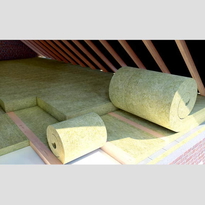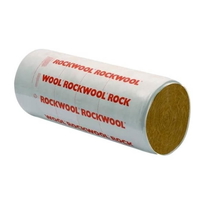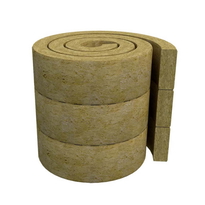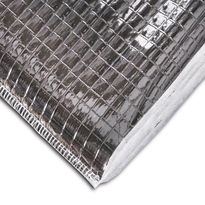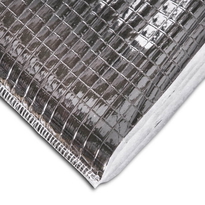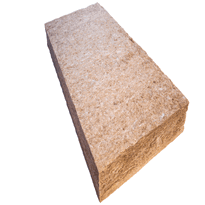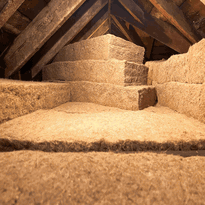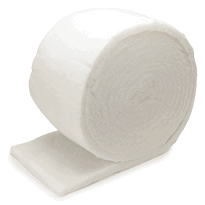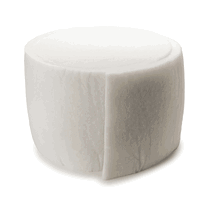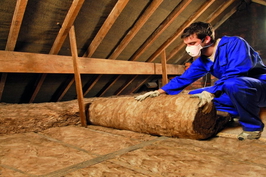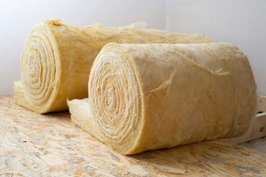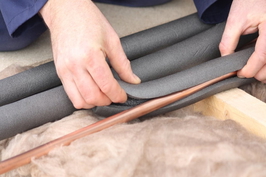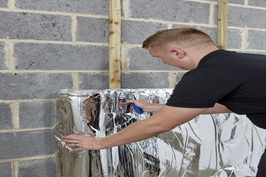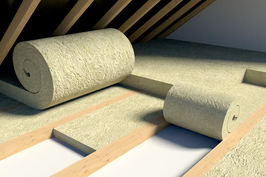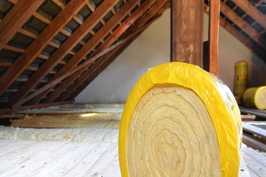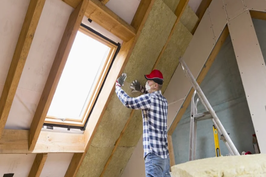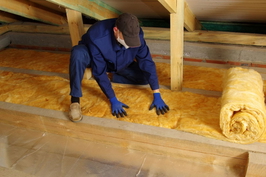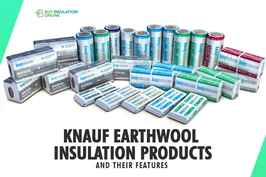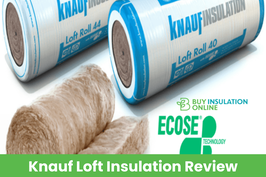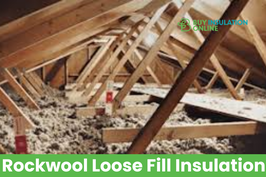Attic Insulation
Attic insulation involves selecting appropriate materials—such as fiberglass batts, blown-in cellulose, rigid foam boards, or spray foam—that suit specific climate conditions, moisture levels, and building regulations. Proper installation improves energy efficiency by reducing heat transfer, lowering utility bills, and maintaining indoor comfort while minimizing heat loss in winter and heat gain in summer. Regular maintenance and careful material choice are essential for long-term performance; further insights reveal detailed strategies to optimize insulation effectiveness.
Types of Attic Insulation Materials
There are several common types of attic insulation materials, each with unique characteristics suited to different installation needs, budgets, and performance targets.
Fiberglass batts consist of thick sheets, often with a paper backing, and are installed between studs. They offer a cost-effective, DIY-friendly option that provides moderate thermal resistance values and is straightforward to fit.
Blown-in fiberglass and cellulose insulation involve the use of specialized equipment to distribute small particles across the attic space. Blown-in insulation can be applied quickly and is ideal for filling irregular spaces and reducing air leaks.
While blown-in fiberglass offers excellent coverage and soundproofing qualities, cellulose, made from recycled paper, can absorb moisture, which may lead to mold issues if not properly installed or ventilated.
Rigid foam boards present a solid, flat surface and are suitable for specific applications, such as insulating around obstructions or providing additional insulation on existing surfaces.
Choosing the right insulation type depends on your specific attic conditions, budget, and insulation requirements. Proper installation ensures effectiveness and helps maintain a warm and energy-efficient home.
Benefits of Proper Attic Insulation
Proper attic insulation provides significant benefits by markedly reducing energy consumption and related costs. It can help homeowners save around 15% on their heating and cooling bills, leading to lower utility expenses. Insufficient insulation can waste up to 20% of the energy needed for temperature regulation, resulting in higher costs and inefficient energy use.
Enhanced insulation minimizes reliance on heating, ventilation, and air conditioning (HVAC) systems, thereby increasing overall energy efficiency. It also helps maintain steady indoor temperatures, despite variations in weather conditions outside. This promotes greater comfort within the home, reducing hot or cold spots.
The table below highlights the main advantages of proper attic insulation:
Benefit |
Explanation |
| Cost Savings | Cuts utility bills by reducing energy consumption |
| Comfort Improvement | Ensures a consistent indoor temperature, reducing drafts |
| Environmental Benefits | Lowers household carbon footprint by decreasing energy use |
Factors Influencing Insulation Choices
Insulation choices are primarily guided by regional climate and specific building conditions within the UK, which help determine the most appropriate materials and installation methods. Climate zones influence the selection of insulation materials to meet specific thermal performance requirements.
In warmer regions, lower thermal resistance values—measured as U-values—are sufficient to maintain comfort and energy efficiency. Conversely, colder areas require insulation with low U-values to effectively retain heat and reduce energy consumption.
Humidity levels also influence insulation selection. In areas with high humidity, moisture-resistant materials such as rigid foam boards are recommended to prevent mould growth and maintain insulation performance.
Regions susceptible to extreme weather conditions demand durable insulation options that can withstand harsh environmental factors, ensuring longevity and ongoing efficiency.
Seasonal variations are an important consideration; insulation must be capable of maintaining its thermal performance throughout the year, despite fluctuating outdoor temperatures.
Local building regulations set minimum standards for insulation based on climate data, guaranteeing safety, legal compliance, and energy efficiency.
When choosing insulation, it's crucial to:
- Select materials aligned with the regional climate to optimize comfort and reduce energy costs.
- Prioritize moisture-resistant options in humid environments to prevent mold and degradation.
- Consider the durability of materials to endure local weather extremes.
- Ensure all installations comply with UK building standards for safety and legality.
- Evaluate the long-term savings in energy and maintenance costs relative to initial investment for sustained benefit.
Installing and Maintaining Attic Insulation
Before beginning attic insulation installation, it's essential to conduct a thorough assessment of the existing space. This includes accurately measuring the attic area, inspecting the current insulation’s depth and condition, and identifying any obstacles, debris, or ventilation points that may interfere with proper installation. In addition, it's important to evaluate the R-value requirements based on your local climate zone to ensure adequate thermal performance. Proper preparation ensures that the insulation is effective and helps prevent issues such as moisture build-up or ventilation blockages.
Materials and tools required include fiberglass batts, loose-fill fiberglass, or foam insulation, along with safety equipment such as masks, gloves, and protective clothing.
Techniques involve placing batts perpendicular to the joists, securing vapor barriers correctly, and avoiding blockage of soffit vents to maintain adequate ventilation.
Regular maintenance involves checking insulation depth, settling or rutting, and ensuring ventilation points remain clear.
This ongoing care is vital to sustain energy efficiency and moisture control within the attic space.
Conclusion
Selecting appropriate attic insulation in the UK requires careful consideration of material types, insulation benefits, and installation factors. Proper installation and regular maintenance ensure outstanding thermal performance, energy efficiency, and long-lasting durability. By understanding the different options and their specific characteristics, homeowners and professionals can make informed decisions that effectively meet local climate, budget, and safety requirements.
Ultimately, a well-insulated attic enhances indoor comfort and reduces energy costs, making it a vital element of effective building management.

